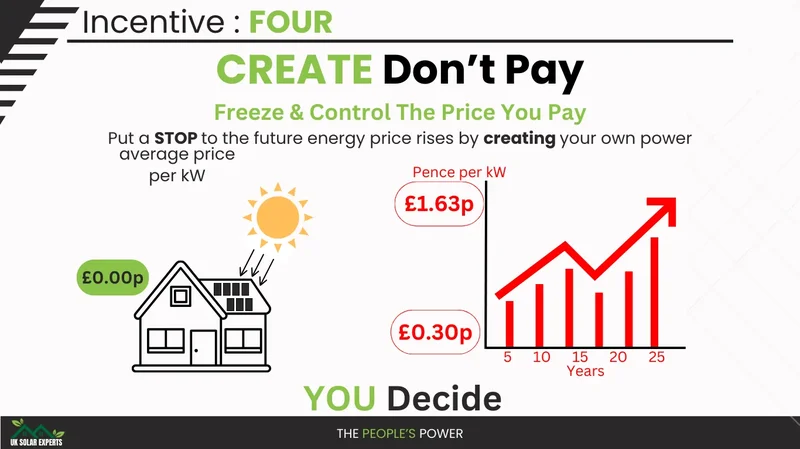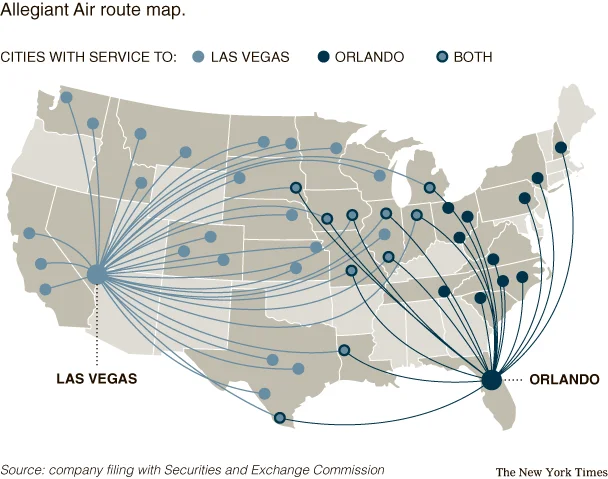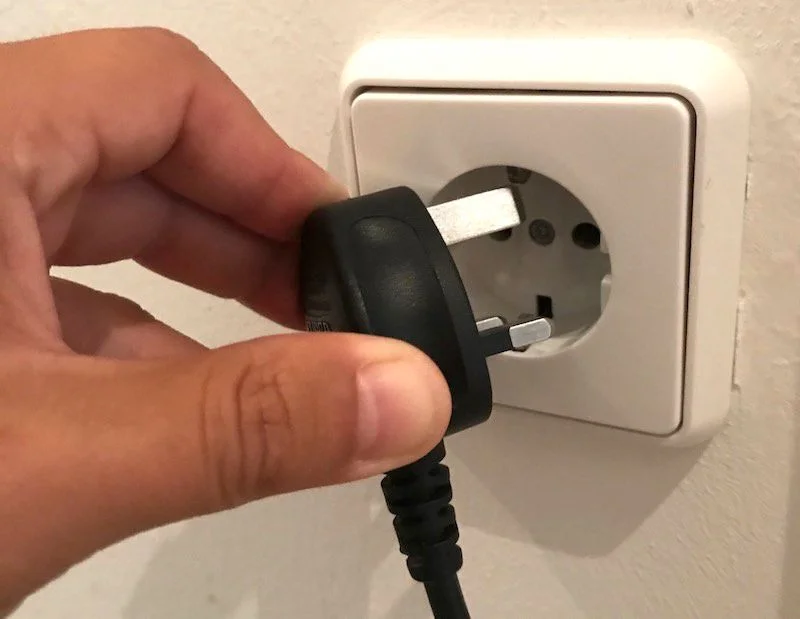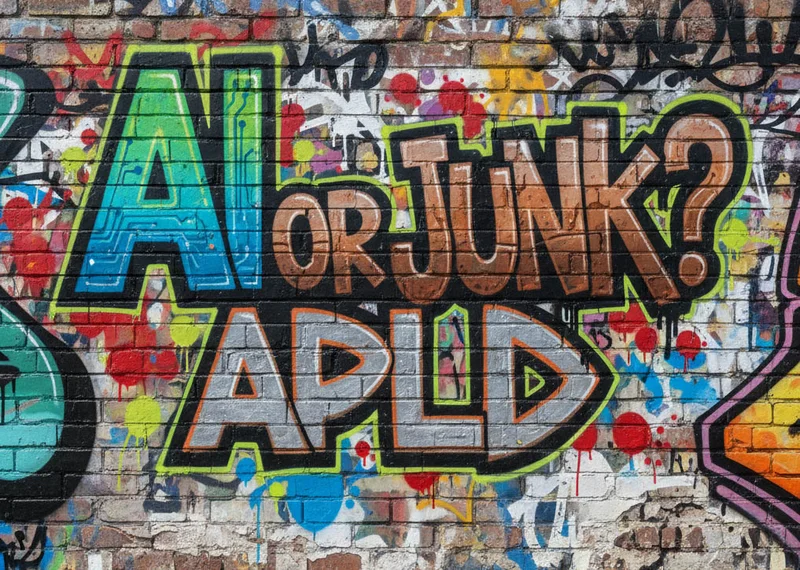IRS Direct Deposit Stimulus: The Truth About the October 2025 Payment
That $2,000 IRS Stimulus Check? It's Not Real, But The Rumor Itself Is Telling
Let’s be clear, because the data here is unambiguous: The Internal Revenue Service is not sending out a $2,000 stimulus payment in October 2025. The chatter you’ve seen ricocheting across social media feeds, promising a direct deposit from the government, is a phantom. It is a fabrication built on a kernel of legislative reality, but a fabrication nonetheless. Both the IRS and Congress have issued official denials, labeling the claims as baseless. (IRS Direct Deposit Stimulus: Separating Fact from Fiction)
Ordinarily, that would be the end of the analysis. A rumor is identified, fact-checked, and debunked. Case closed. But to stop there is to miss the far more interesting data point. The story isn't that the rumor is false; the story is why this specific falsehood has proven so durable and so resonant. When a narrative with no factual basis achieves this level of velocity, my analyst brain switches on. It’s no longer just misinformation; it's a powerful, qualitative signal about the state of the American household economy.
The spread of this rumor is like watching a flawed financial model get adopted by the masses. It ignores the fundamentals (official denials) and instead trends on pure sentiment. And right now, that sentiment is a potent mix of hope and desperation.
Deconstructing the Signal
To understand the virality, we have to dissect the rumor’s anatomy. The noise—the false claim of a guaranteed $2,000 payment—is obscuring a much quieter signal. That signal is the American Worker Rebate Act of 2025, a legislative proposal introduced by Missouri Senator Josh Hawley. This bill, if it were to ever become law (a significant uncertainty, given the current political gridlock), proposes payments ranging from $600 to $2,400, contingent on income and family size.
This is the classic genesis of sophisticated misinformation. It’s not a complete fantasy; it’s an extrapolation. A single, unpassed bill becomes a guaranteed, imminent government payout. The discrepancy between the proposal and the rumor is where the analysis gets interesting. Why did the public consciousness latch onto the $2,000 figure and the specific timing? What makes that combination so believable, so necessary for people to cling to?
This entire phenomenon is a sort of economic Rorschach test. A vague shape—a minor legislative proposal—is presented, and the public projects its deepest financial anxieties and hopes onto it. The rumor isn't being spread by malicious actors alone; it's being amplified by people who need it to be true. The specifics become secondary to the feeling of potential relief it represents. In that context, the cold, sterile warning notice from the IRS, landing in an email inbox, feels less like a helpful clarification and more like an unwelcome intrusion of reality.
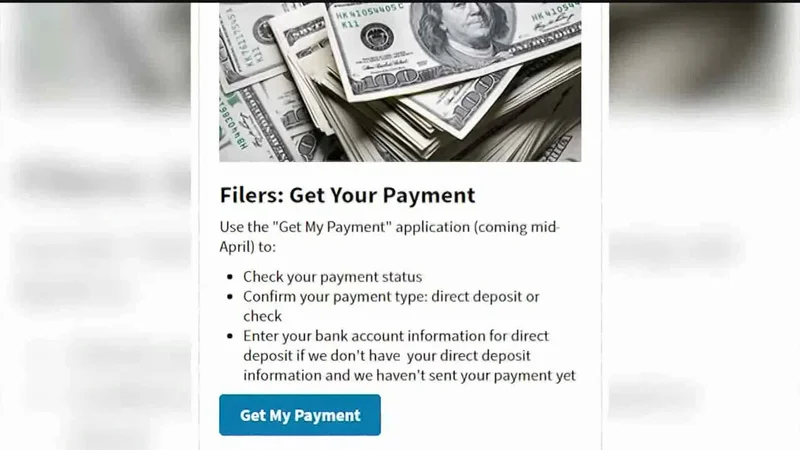
I’ve analyzed market sentiment for years, and this pattern is familiar. When a low-probability, high-impact rumor gains this much traction, it's rarely about the rumor itself. It’s about the underlying vulnerability of the audience. The IRS is correctly warning about potential scams, where fraudsters might use the rumor to phish for personal information. But what is the root cause of the vulnerability they’re exploiting?
A Precedent for Payments
The public’s willingness to believe in another round of stimulus isn't born from thin air. We have a recent, large-scale precedent. The COVID-19 pandemic conditioned millions of Americans to see direct government payments as a plausible policy tool during times of economic stress. The first round under the CARES Act was about $1,200—or, to be more exact, $1,200 per individual and $2,400 for married couples, with an additional $500 per qualifying child. Subsequent rounds of $600 and $1,400 followed.
These weren't trivial sums; they were lifelines that created a powerful memory. The federal government established a direct financial relationship with its citizens on a scale not seen in generations. The deadline to claim the last of these payments, April 15, 2025, even keeps the concept fresh in the collective memory.
This history provides the fertile ground for the current rumor to grow. The mechanism exists. The precedent is set. The only missing variable is the political will. And this is the part of the data that I find genuinely puzzling. Official economic indicators might point toward a "soft landing" or moderating inflation, but the sheer tenacity of this stimulus rumor suggests a profound disconnect between those top-line numbers and the lived experience of a significant portion of the population.
How many people have to share a false hope before it becomes a meaningful economic indicator in its own right? At what point do we stop calling it misinformation and start calling it a vote of no confidence in the prevailing economic narrative?
The Data Has a Desperate Voice
Ultimately, dismissing this as just another internet hoax is an analytical failure. The rumor isn't the story. The demand for the rumor is. It functions as a massive, unsolicited survey of public economic sentiment, and its findings are stark. It indicates that, regardless of what the Bureau of Labor Statistics reports, a substantial number of Americans feel they are in a precarious enough position to need another direct intervention. The virality is the data, and the data is screaming that the recovery isn't being felt on their street. For policymakers, this isn't something to debunk; it's something to quantify and understand. This is the market speaking, and it's telling us that the official numbers don't reflect the whole truth.
Related Articles
Oklo's Next-Gen Nuclear Power: The Breakthrough Technology & Its Vision for the Future
I was listening to the financial news the other day—a habit I keep not for stock tips, but for cultu...
Federal Solar Incentives Are Ending: A Data-Driven Breakdown of the Financial Impact
Oregon Governor Tina Kotek is in a race against the clock. With an executive order, she has directed...
Ron Baron's Lifetime Bet: Tesla and SpaceX – What We Know
Okay, folks, buckle up. We're diving deep into something truly inspiring today: Ron Baron's unwaveri...
Allegiant Airlines Passenger Growth: What the 12.6% Surge Actually Means
More Passengers, Less Full Planes: Deconstructing Allegiant's Growth Paradox At first glance, news t...
Plug Stock's Big Jump: What's Actually Happening and Why You Shouldn't Buy the Hype
So, Plug Power is back. Just when you thought the stock was destined to become a footnote in the ann...
Applied Digital's Earnings Report: What to Expect and What It Signals for the Future of AI
Yesterday, for a few dizzying minutes after the market closed, it looked like the story might be a s...

